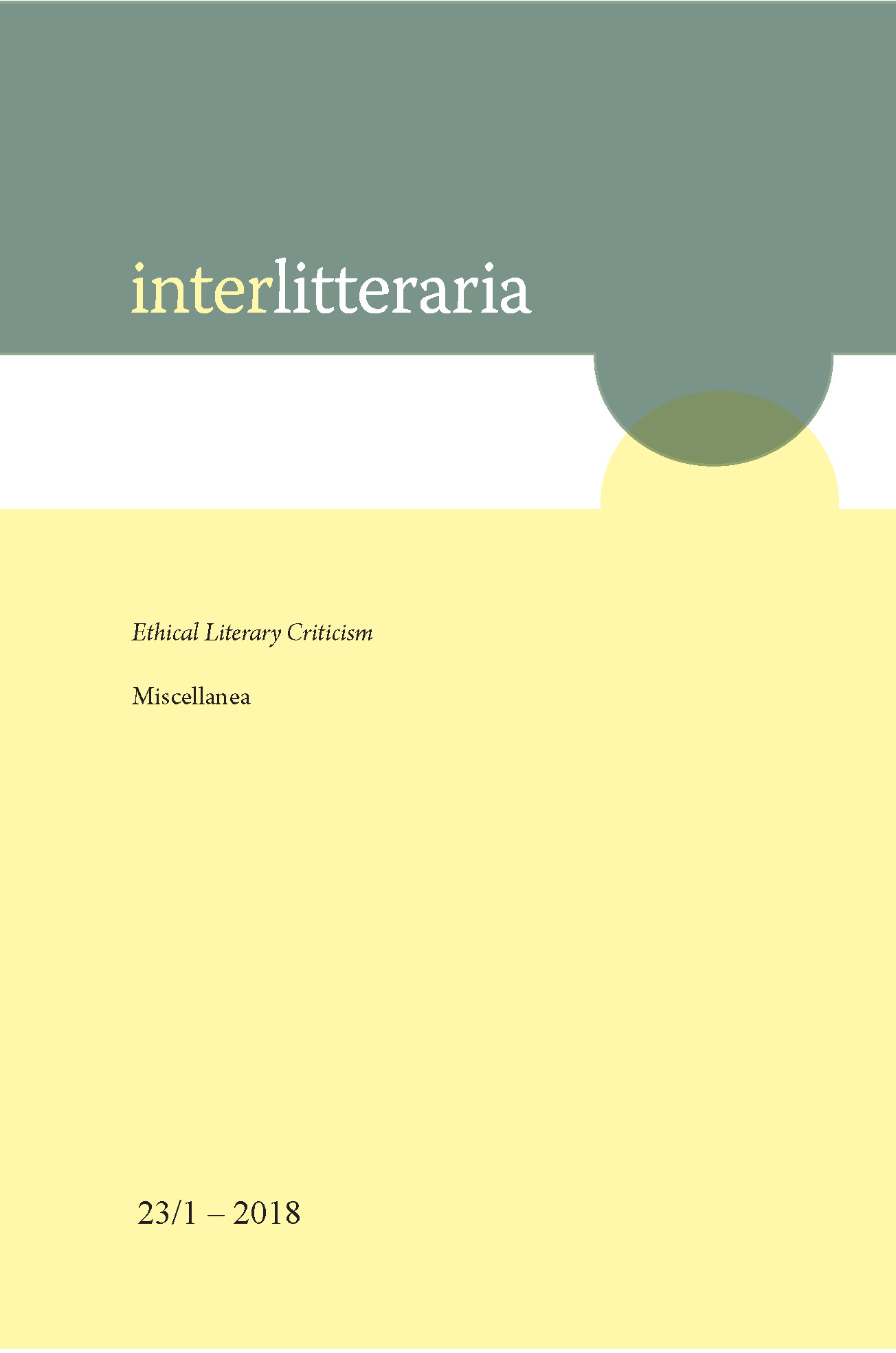Proust et Hergé : de quelques points communs entre À la recherche du temps perdu et Les Aventures de Tintin
DOI:
https://doi.org/10.12697/IL.2018.23.1.18Keywords:
Marcel Proust, Hergé, À la Recherche du temps perdu, Les Aventures de Tintin, return of the characters, imaginary of space, characters’ language, time and temporalityAbstract
Proust and Hergé: on some similarities between À la Recherche du temps perdu and Les Aventures de Tintin. Part I. Marcel Proust and Hergé seem to have nothing in common. Their works are indeed very different: they do not belong to the same genre, nor treat the same themes or have the same public. What parallel could be established between À la Recherche du temps perdu (In Search of Lost Time), which revolutionized the genre of the novel, and Les Aventures de Tintin (The Adventures of Tintin), a series of comic albums apparently intended only for children? A closer study reveals however that Proust and Hergé, beyond what one could think at first sight, share deep similarities on wh ich this article, published in two parts, will focus. First of all, À la Recherche du temps perdu as well as Les Aventures de Tintin rest on the creation of a specific world, which can be characterized by Balzac’s principle of returning characters and by the importance of the imaginary of space (Proust’s rêveries about the names of places, Hergé’s fictitious geography). Moreover, Proust and Hergé’s characters have a very singular language and linguistic features which can be identified easily (let us think of Dr. Cottard’s puns, of Odette’s anglicisms, etc. in Proust, o r of Captain Haddock’s insults or Dupond and Dupont’s slips of the tongue in Hergé). Eventually, Proust and Hergé both develop a reflection on time which gives rise to a singular temporality in their books, and more precisely a reflection on lost and regained time, with two opposite situations and therefore two opposite conceptions for each of the authors. This first part of our study focuses on the principle of returning characters adopted by Proust and Hergé, on their imaginary of space and on the language of their characters, while the second part, which will be published in the next issue of Interlitteraria, will be devoted to the problematics of time.
Downloads
Downloads
Published
Issue
Section
License
The contents of Interlitteraria are published under CC BY-NC-ND licence.


